The Great American Play-In: ACMP and ACO
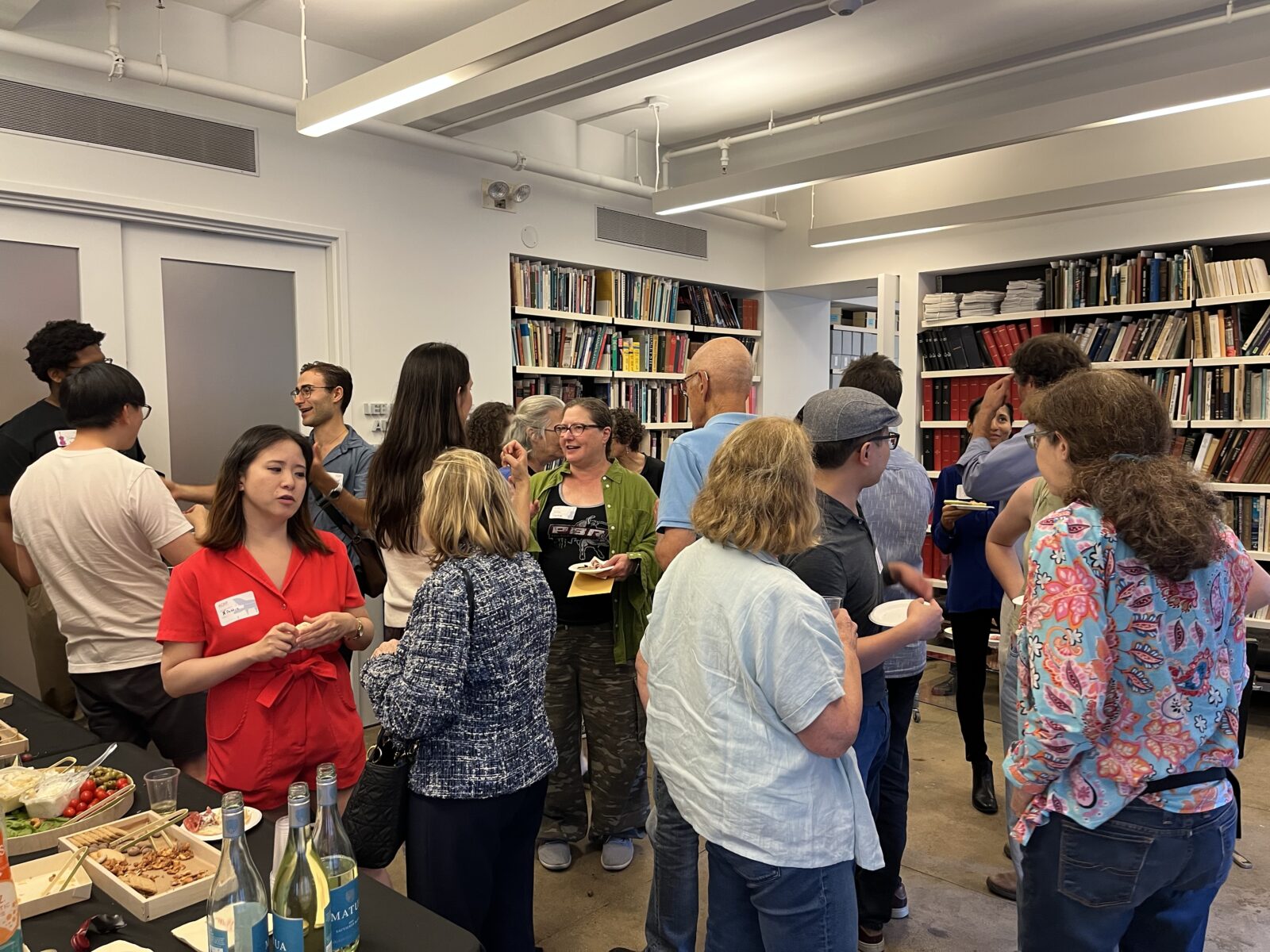
On Saturday, September 13 ACMP embarked on its first collaboration with the American Composers Orchestra (ACO). Together we organized a Play-In focused entirely on music by twentieth and twenty-first century American composers.
Over the course of three hours, forty-five musicians discovered sixteen pieces or sets of pieces spanning from 1896 through 2025. The repertoire covered an enormous stylistic range, with classics by Charles Ives and Florence Price; composers writing in a more traditional vein (Alan Shulman, John Harbison and Paul Moravec ); minimalists (Philip Glass, Tom Johnson, Terry Riley); rock-inspired music (Zack Browning); folk-inspired music (Valerie Coleman); experimental music (Frederic Rzewski); graphic and instruction scores (Mazz Swift, Pauline Oliveros); improvisation; and modern jazz (Julius Hemphill.)
We were stunned at the level of interest from members of ACMP; within less than 24 hours we had thirty-two reservations. Anticipating fewer players, the ACO had booked only four studios at Opera America in New York City. A few days before the event I managed to secure one more large room for the final hour and a half of the event, and a tiny practice room for the final hour. We tried to get more rooms, but the space was fully booked, so we had to limit reservations to forty-five. It was disappointing to turn people away, but we were encouraged by the subtext behind this problem:
People are interested in exploring new repertoire!
ACMP is committed to making its events open to all instruments and levels, which presents special challenges when organizing a Play-In. For example, what does one do with eleven flute players and only two cellists (one of whom was only available for the last hour)? And then – how does one keep as many players engaged throughout the three-hour period when you have forty-five players and a limited number of rooms?
The combination of these two issues was problematic. Under normal circumstances, I would have tried to recruit more cellists, for example, or hired conservatory student cellists as ringers. But we were already well past the optimum capacity for the available space. Along those lines, the space limitations necessitated that I avoid forming too many small groups if I wanted to provide playing opportunities for the greatest number of people. And then there was the factor of the different sizes of each studio; we had rooms with a maximum capacity of twelve, eight, six and four, respectively. We musicians are supposed to be good at math, but this was quite a puzzle.
This is where open-instrumentation pieces and experimental music come to the rescue!
ACO’s Artistic Director, Curtis Stewart, is a multifaceted violinist, improviser, composer and educator. We parked him in the twelve-person studio for the day, where he led a workshop on improvisation and graphic scores for the first hour and a half, and Terry Riley’s open-instrumentation minimalist classic In C for the remainder of the time. I also guided a group through Philip Glass’ iconic Music in Similar Motion (1969.) I was happy to see that his publisher recently came out with a set of parts for this piece, for both C and B-flat instruments.
In another of the large studios, ACO’s President and CEO Melissa Ngan guided a group of players through some Deep Listening meditations by Pauline Oliveros.
Since Melissa is also an accomplished flutist, she guided a group of eight flutists for another one-hour session, playing flutist/composer Valerie Coleman’s Umoja and Blah by Frederic Rzewski.
ACMP flutist Martha Rabin commented, “I enjoyed both ensembles: the 8 flutes doubling on parts where I got to play bass flute, and the trio for flute, viola, and piano. The trio was a bit of a challenge but happy to rise to it and to play with other such fine musicians.”
As a violist myself, I could not resist putting together another room for six violas.
Given the space limitations and challenging instrumentation, I was unable to place everyone in a more conventional small chamber ensemble, but I tried my best. The biggest setback, of course, was the lack of cello players. (In New York City there is ALWAYS a lack of cello players. Cellists: where are you?)
I was thrilled to find a set of seven septets by the American minimalist innovator Tom Johnson with NO CELLO. These pieces were scored for two flutes, oboe, B-flat clarinet, two violins and viola. Since Tom Johnson passed away in 2024, Gilbert Delor from his publisher Editions 75 scrambled to find me a set of parts. He managed to send me all the parts for five of the pieces. Thank you, Gilbert! Since the rhythms were complex, I called upon the multi-talented George Chung to conduct the reading.
With so few cellists, I only managed to organize one each of these classic ensembles: string quartet, piano trio, piano quartet and piano quintet. For the piano trio, I chose the piece commissioned by ACMP back in 2020: Paul Moravec’s Omne Trium Perfectum for violin (or B-flat clarinet), cello and piano. The group played the clarinet version with ACMP clarinetist Eun Lee, who is also the Executive Director of a fabulous activist orchestra, The Dream Unfinished.
ACMP pianist Deborah Wythe commented, “As a pianist. I always hesitate to sign up for sight-reading sessions. So many notes! This one was intriguing, though, because of the ACO connection. Pieces you’ve never heard before, new sounds and rhythms…and everybody is in the same boat. Being assigned the Florence Price piano quintet was a treat—it’s a glorious, rich piece. Even with just 3 days of prep, we were able to get through all 4 movements and make some really nice music. A great introduction to Ms. Price! My other piece, Hakka Fusion by Zack Browning, was a wild ride for flute, viola, and piano. All three of us read from the score so that we could put the rhythms together. Crazy and fun.”
Modern jazz was represented with one group of wind and brass players taking on some saxophone quartets by the late Julius Hemphill of the renowned World Saxophone Quartet. Although we had no saxophone players, I chose players based on the transpositions of their instruments, including ACO staff member Steve Alesso on euphonium. Since I knew that flutist Mary Cherney was a professional jazz musician, I asked her to guide the group. Mary said, “I had such a good time! So great to see so many people actively engaged in making music, and many if them in ways that were new for them. It was a great experience. I also enjoyed ‘captaining’ (is that a verb) a group through Hemphill’s sax quartets.”
At the post Play-In reception, sponsored by ACO, I had a chance to chat with many of the participants. The overwhelming response was that people enjoyed exploring all kinds of new repertoire they may not have otherwise played.
Violinist Peter Hua commented, “This was the first time I tried “modern” music. Our host [Curtis Stewart] clearly knew what he was doing, and guided everyone through the steps of how to read music that may not look like music. Very freeing! I’m coming back to the instrument after a long break, so was nice to take a break from the typical obsessive perfectionism.
If you are interested in exploring any of this music yourself, here is a complete list (alphabetical by composer first name) of the music we played, with links for where to access scores and parts.
Pieces with open instrumentation:
Mazz Swift (b. 1975): Memory Five: Freedom Initiate (2025), graphic score/open instrumentation (available through ACO)
Pauline Oliveros (1932-2016): Deep Listening Meditations (various dates), available for purchase
Philip Glass: Music in Similar Motion (1969), open instrumentation, available for purchase
Terry Riley: In C (1964), open instrumentation, parts (in all transpositions), instructions and videos available through Third Coast Percussion
Pieces with specific instrumentation:
Alan Shulman (1915-2002): Two Episodes for Viola Quartet (1978), available for purchase
Charles Ives (1874-1954): String Quartet no. 1 S. 57 (1896), movements 1 and 3, available on IMSLP (non-public domain in the US)
Florence Price (1887-1953): Adoration (1951) arranged for 6 violas, available on IMSLP (go to the arrangements tab)
Florence Price (1887-1953): Piano Quintet in A minor (1936), available for purchase
Frederic Rzewski (1938-2021): Blah (2009) for 8 flutes, available on IMSLP (go to the arrangements tab)
John Harbison (b.1938): November 19, 1828 (1988) for piano quartet, available for purchase
Julius Hemphill (1938-1995): Saxophone Quartets Book 3 (1980s), played by instruments with the appropriate transpositions; available for purchase
Paul Moravec (b.1957): Omne Trium Perfectum (2020) for violin or B-flat clarinet, cello and piano (commissioned by ACMP), available for purchase
Philip Glass: String Quartet no. 3 “Mishima” (1985), available for purchase
Tom Johnson (1939-2024): Septets (2010) for 2 flutes, oboe, B-flat clarinet, two violins, viola (for a Play-In, best to conduct), scores are available through Editions 75, contact publisher for parts
Valerie Coleman (b.1970): Umoja (2001) for flute quartet, available for purchase
Zack Browning (b.1953): Hakka Fusion (2009) for flute, viola and piano, contact Zack Browning
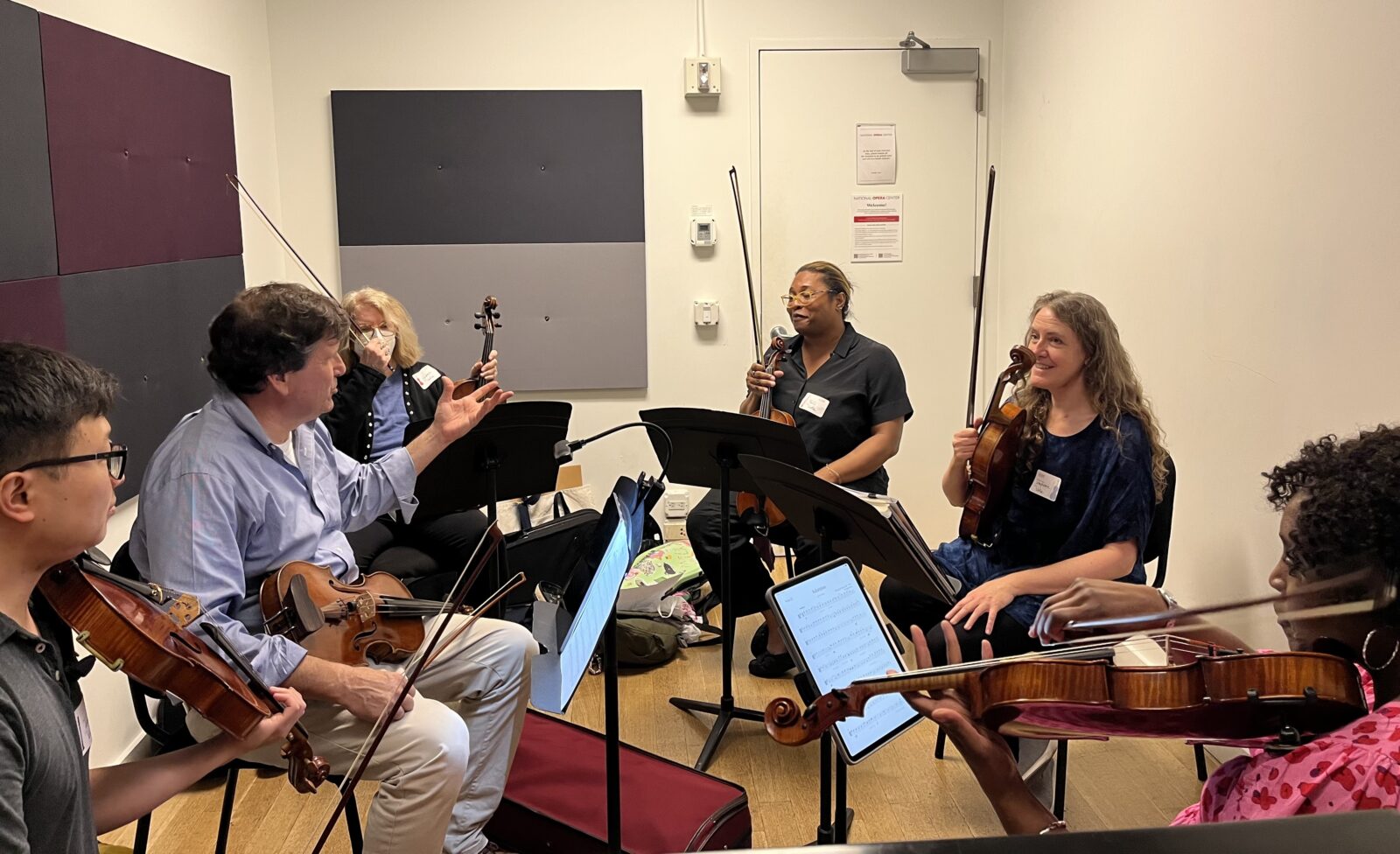
More Articles
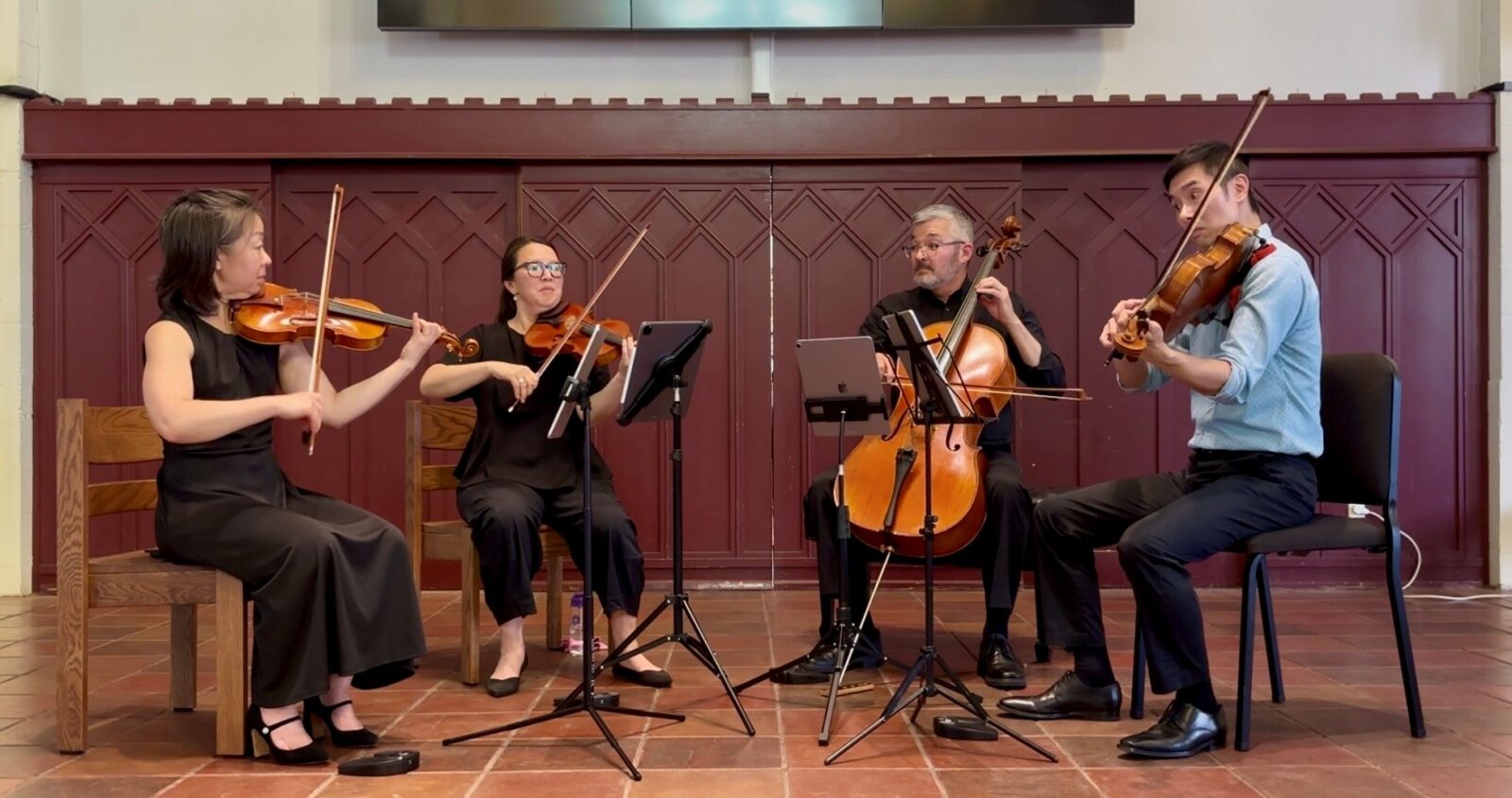
Just Play Concert: Exploring New Voices and Old Masters with the Tarka String Quartet
Thanks to a “Just Play” grant from ACMP, the Tarka String Quartet—Sue Soong and Julie Park on violin, Kevin Jim on viola, and Angus Davol on cello—recently shared a program in San Diego that reflected their passions: exploring new voices by women composers alongside the great works of the quartet tradition.Read More ↗
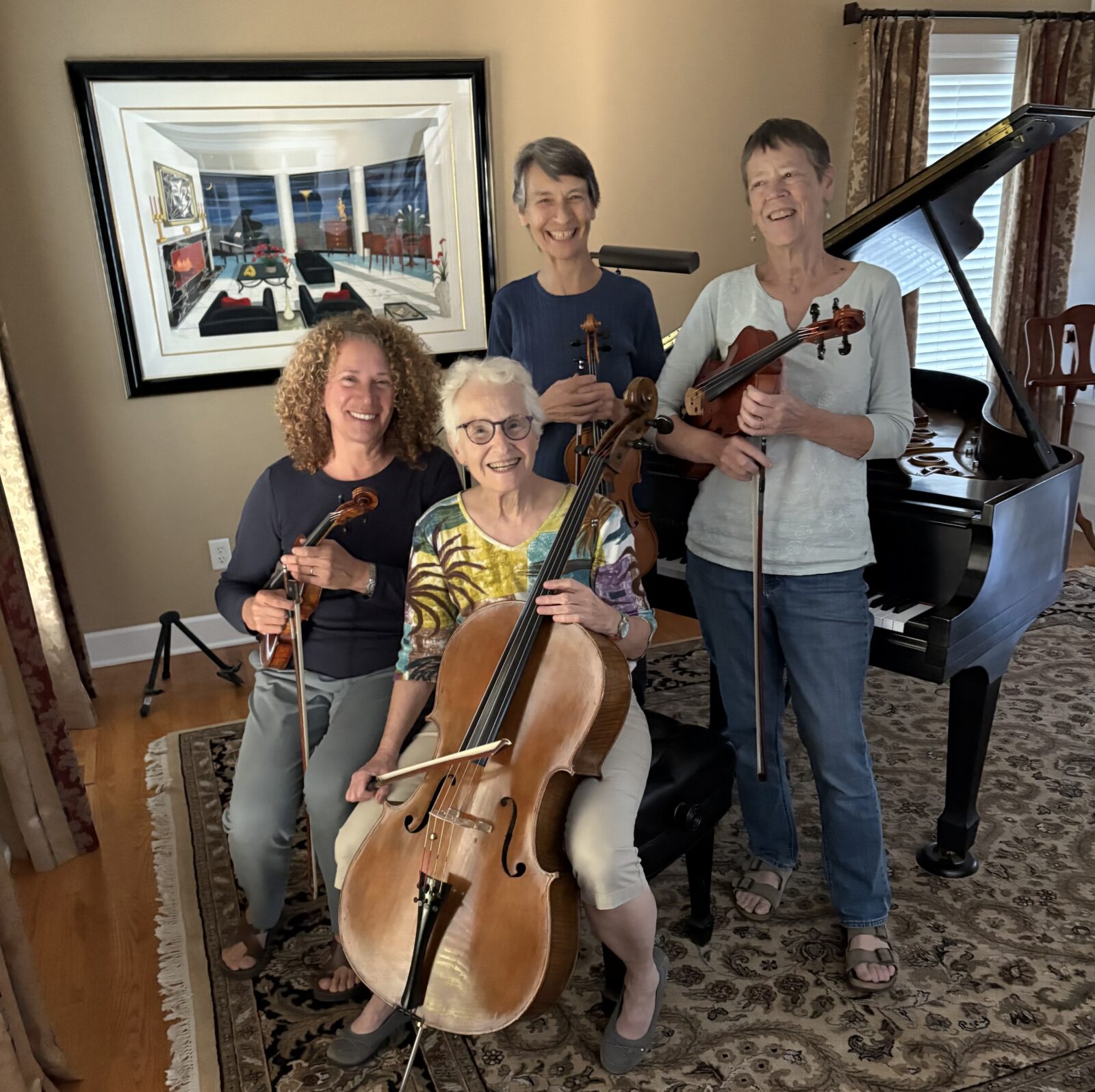
ACMP Members of the Month – October 2025
Playing in a regular string quartet is kind of like having a regular foursome in golf – everyone needs to be of roughly similar ability, and they also need to get along. When those two dynamics come together, the result can be a lasting chamber group that brings enduring friendships. Such is the case with our Members of the Month for October – Ruth Sklarsky, Barbara McIver, Ellen Henry and Kathy Lewis, residents of the Rochester, N.Y., area who have played in a string quartet for more than a decade. They got together and collectively answered a few questions about their musical journey.Read More ↗
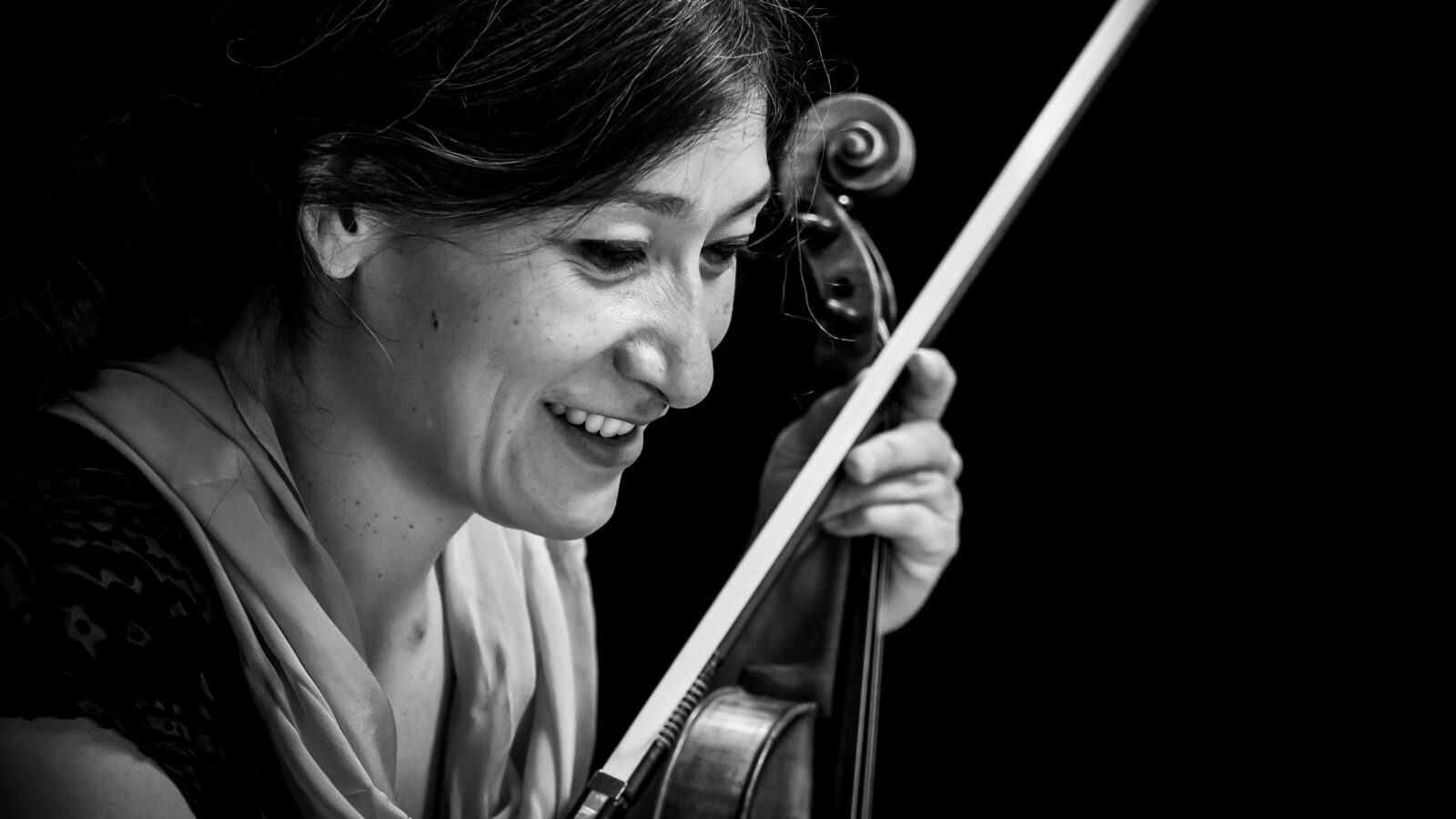
ACMP Event: Meet Harumi Rhodes
Join ACMP’s Executive Director Stephanie Griffin on Saturday, November 1 at 2pm Eastern time for a lively discussion and Q and A with violinist Harumi Rhodes. Harumi is the daughter of two famous chamber musicians: Stephanie’s former viola teacher, Samuel Rhodes (Juilliard Quartet) and violinist Hiroko Yajima (Mannes Trio.) Find out more about Harumi’s early life in that celebrated chamber music milieu, and about her journey as she established her own career as the second violinist of the world-renowned Takács Quartet.Read More ↗
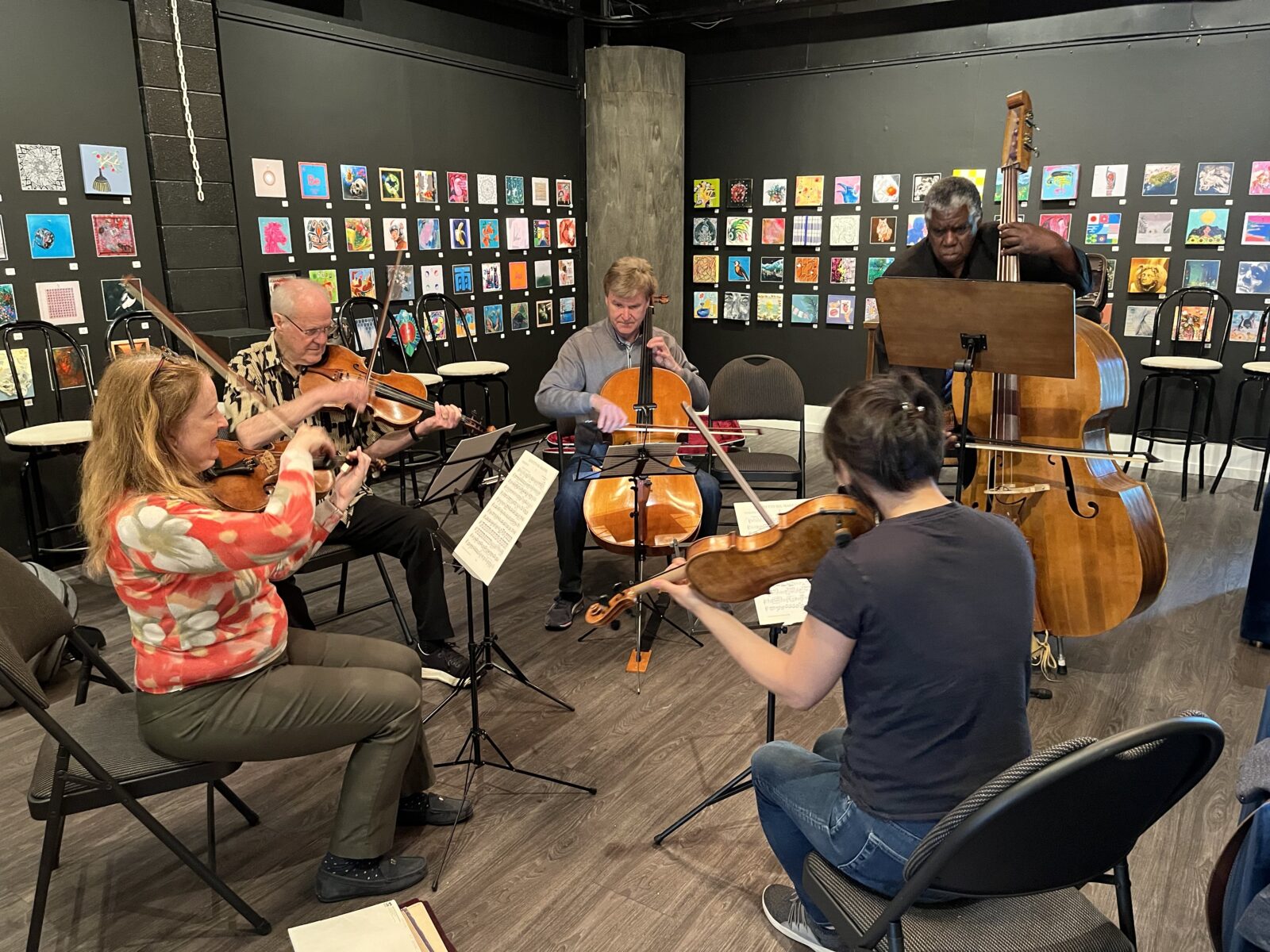
New guidelines for ACMP’s Workshop and Community Music Grant, deadline: October 17, 2025
ACMP's annual Chamber Music Workshop and Community Music grant cycle is open! Deadline: Friday, October 17. Read about the new guidelines and sign up for the Grant Information Session.Read More ↗
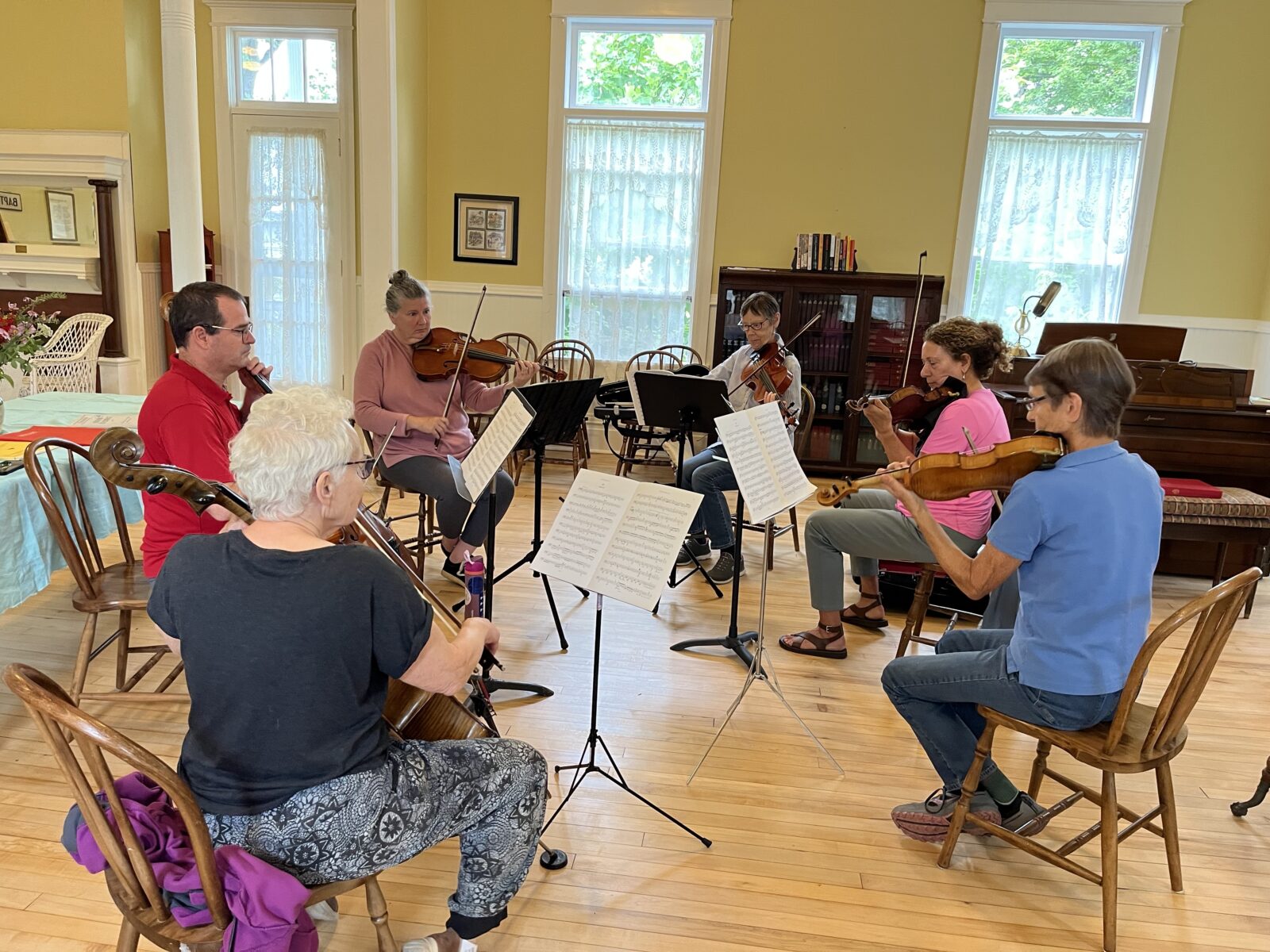
A weekend of music and renewal at Chautauqua
When you first set foot on the grounds of the Chautauqua Institution in southwestern New York, it’s easy to understand the lift in Arlene Hajinlian and Sonya Sutton’s voices when they speak about their summer homes, and why they would welcome a group of ACMP members for a weekend of music-making.Read More ↗
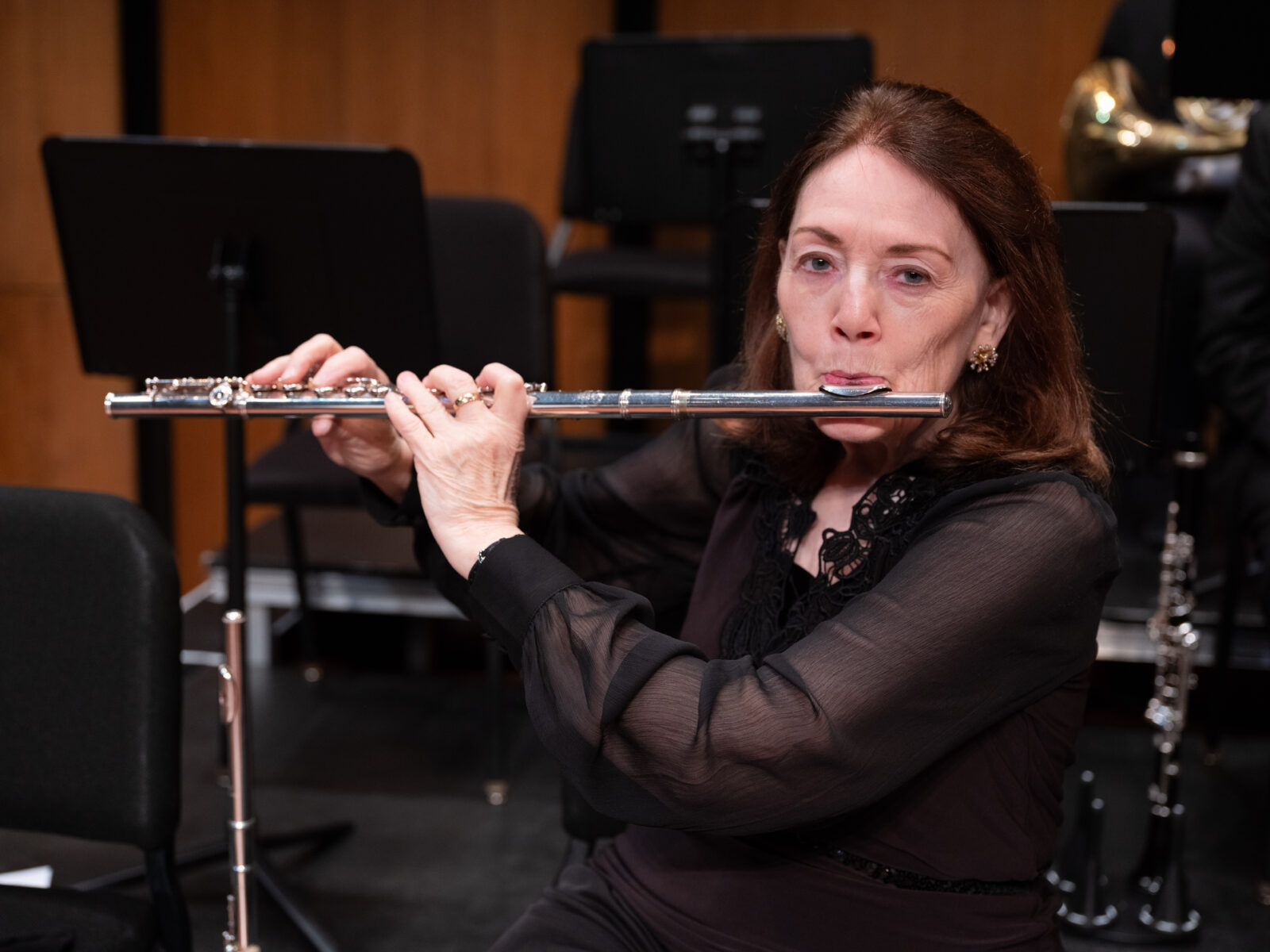
Optometrist by vocation, flutist by avocation
For someone who does not pay the rent as a musician, Pat Brown leads a full musical life with her flute. An optometrist by profession and a dedicated flutist, she has been a member of the Texas Medical Center Orchestra for more than 20 years, serving on the board and helping the group win national awards.Read More ↗
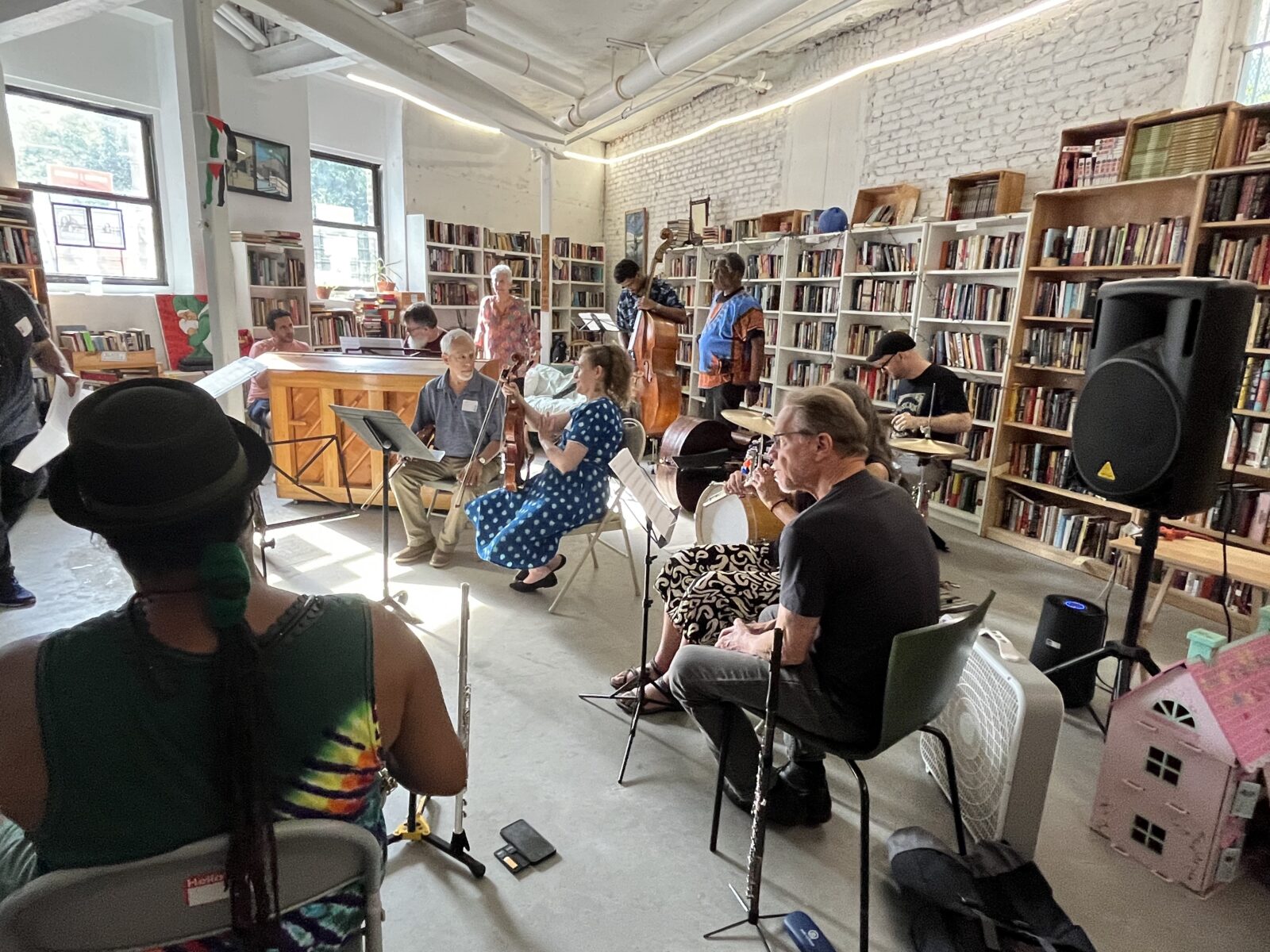
The Great American Play-In: Saturday, September 13 at Opera America
On Saturday, September 13 from 2 to 6pm, the American Composers Orchestra (ACO) and ACMP are hosting a fun and festive chamber music Play-In at Opera America (NYC), focused entirely on chamber music by twentieth-century and living American composers.Read More ↗
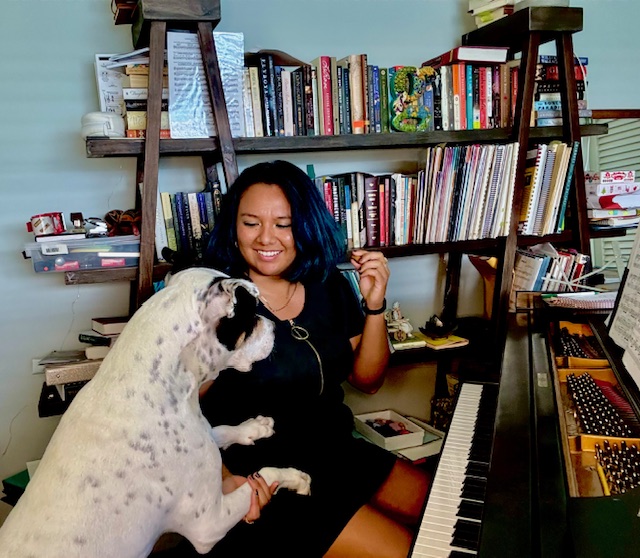
A professional pianist charts new musical paths with chamber music
When it comes to chamber music, ACMP pitches a big tent, from players just starting out to those rediscovering a passion for the music they played on their younger days. But ACMP’s membership also includes a thriving community of professionals — highly trained musicians who discover a community in ACMP that is hard to find elsewhere. Grace Shepard is one such professional living in South Florida and serving on ACMP’s North American Outreach Council.Read More ↗
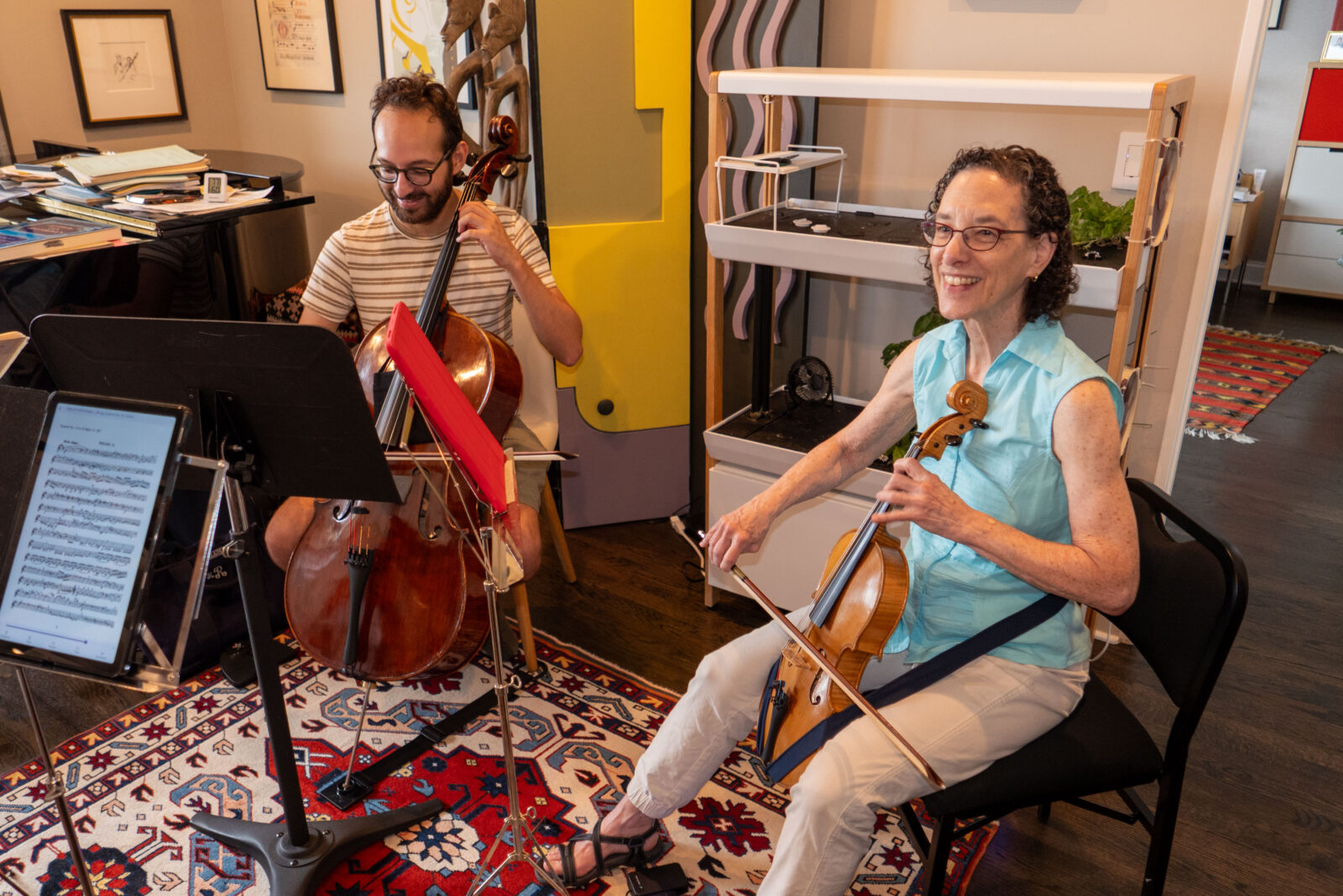
How a cellist learned to love the viola, her way
Chicago-area cellist Ruth Rozen recounts her adventures with a vertical viola, opening the door to playing the inner voices in chamber music.Read More ↗
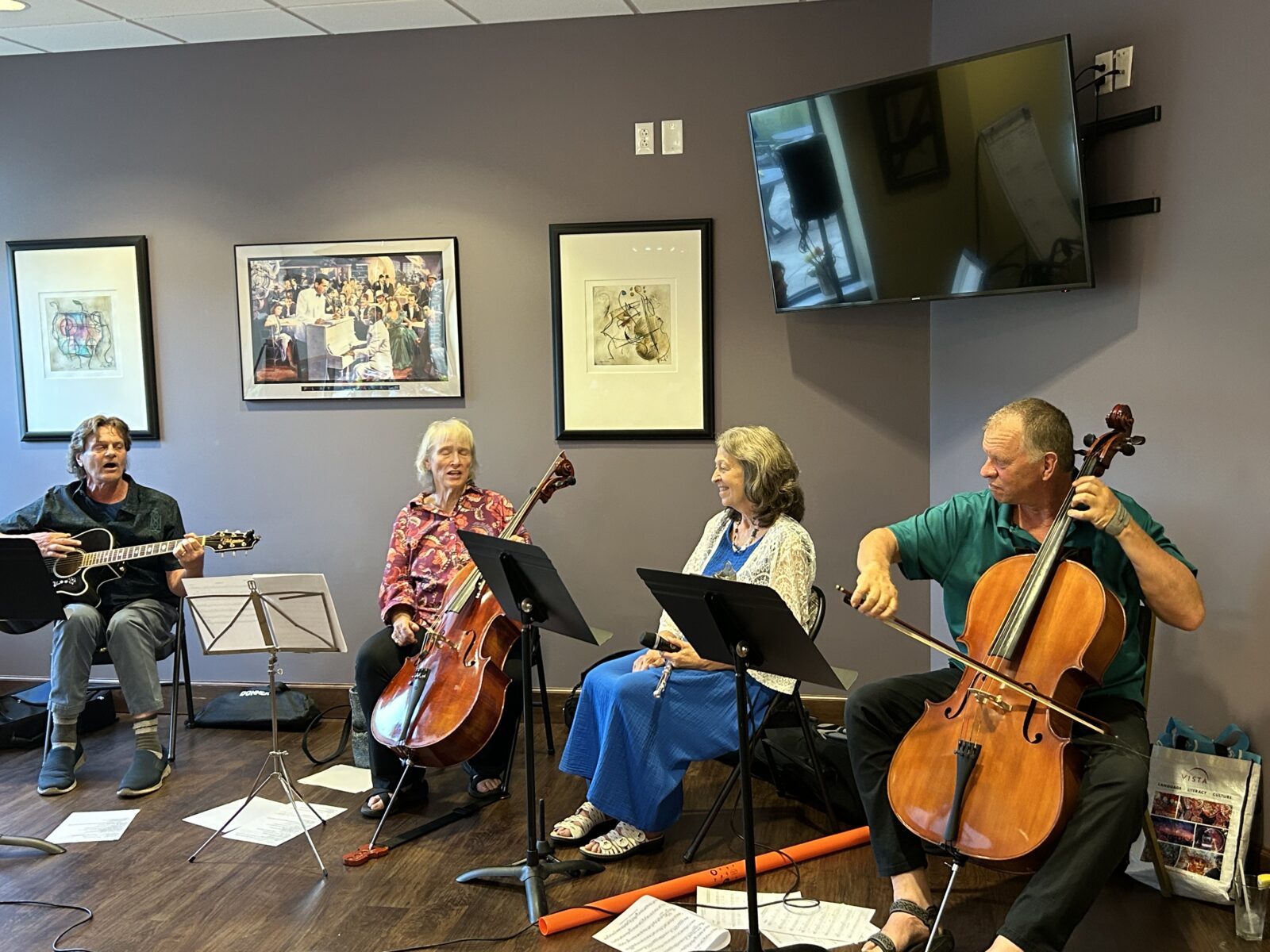
Tremendous Trivia Tunes: A Fundraiser for ACMP
Four members from DeKalb, Illinois tried a new method of fundraising for ACMP. They felt so grateful for ACMP's Home Coaching program and the wonderful teachers in our Coach Directory, that they came up with an innovative idea to give back to our community. They raised a little over $200.00, but the greatest part was how much fun they had doing it.Read More ↗
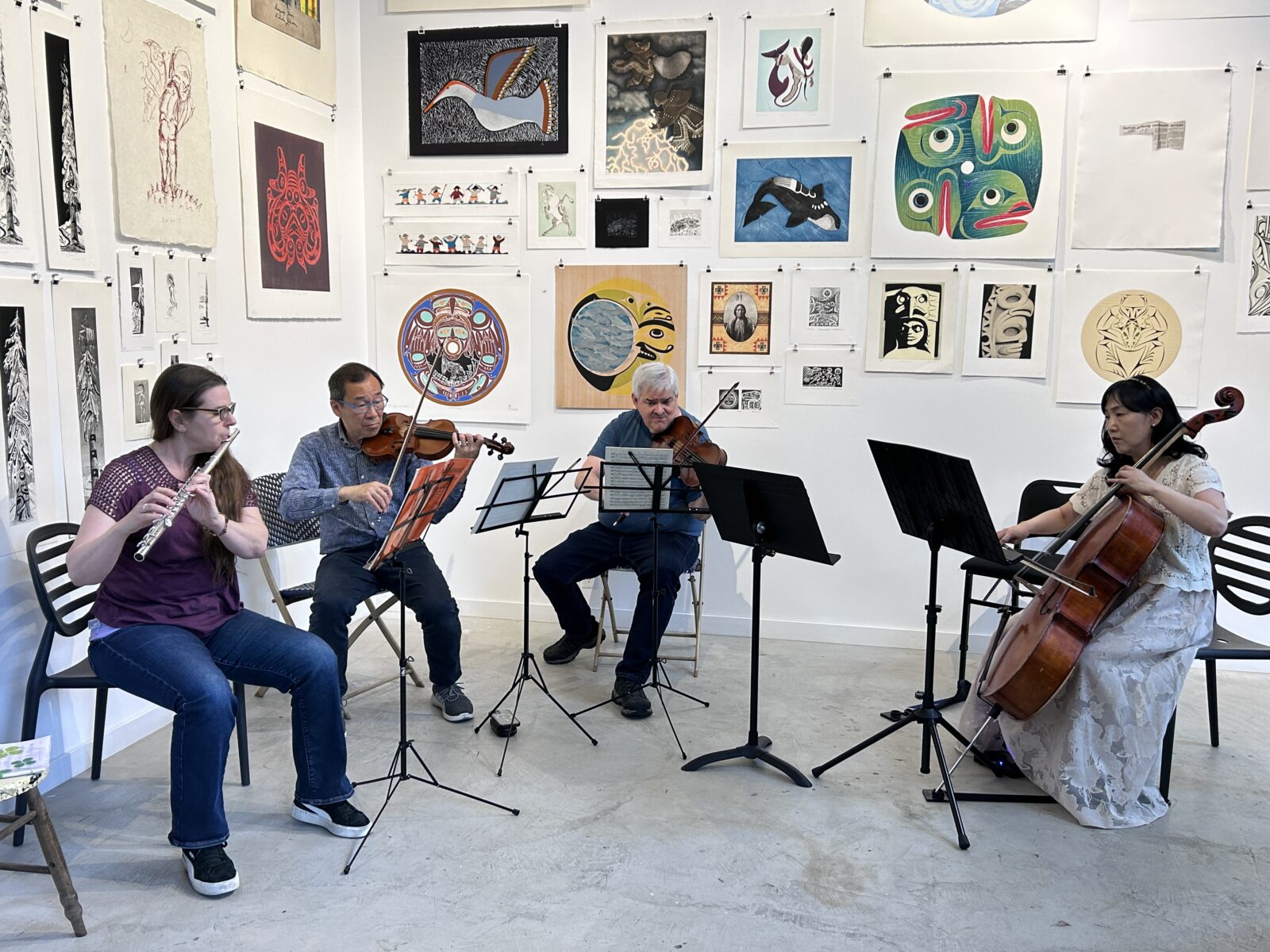
And the Play-Ins continued in June!
With ACMP's rapidly growing community of chamber musicians, Play-In season is never over! Read about two recent Play-Ins in June.Read More ↗
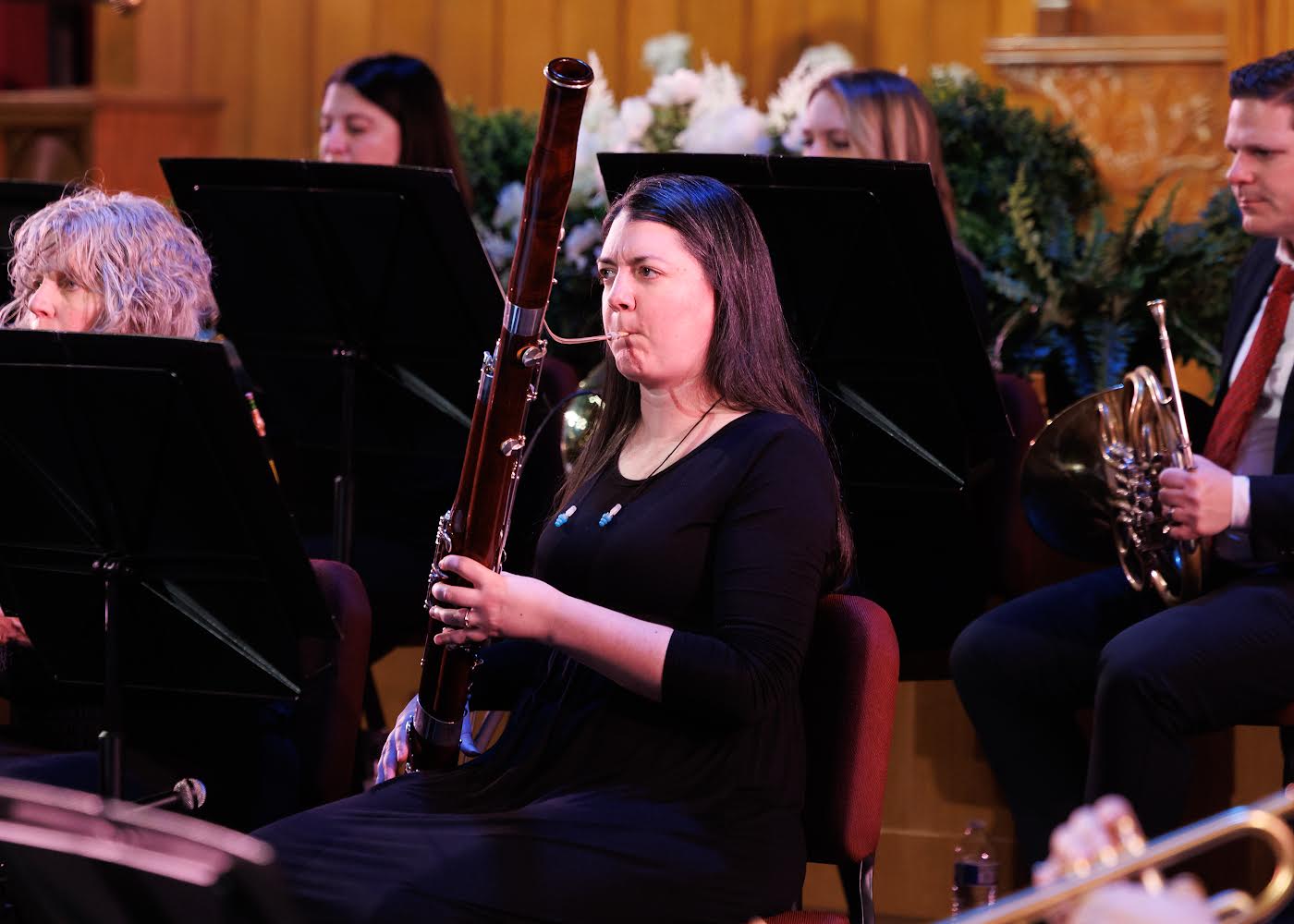
2025 News of Note Puzzle Contest Winner and Answers
Congratulations to bassoonist Jessi Vandagriff for winning this year's News of Note puzzle contest. And read more for the great puzzle answer reveal!Read More ↗
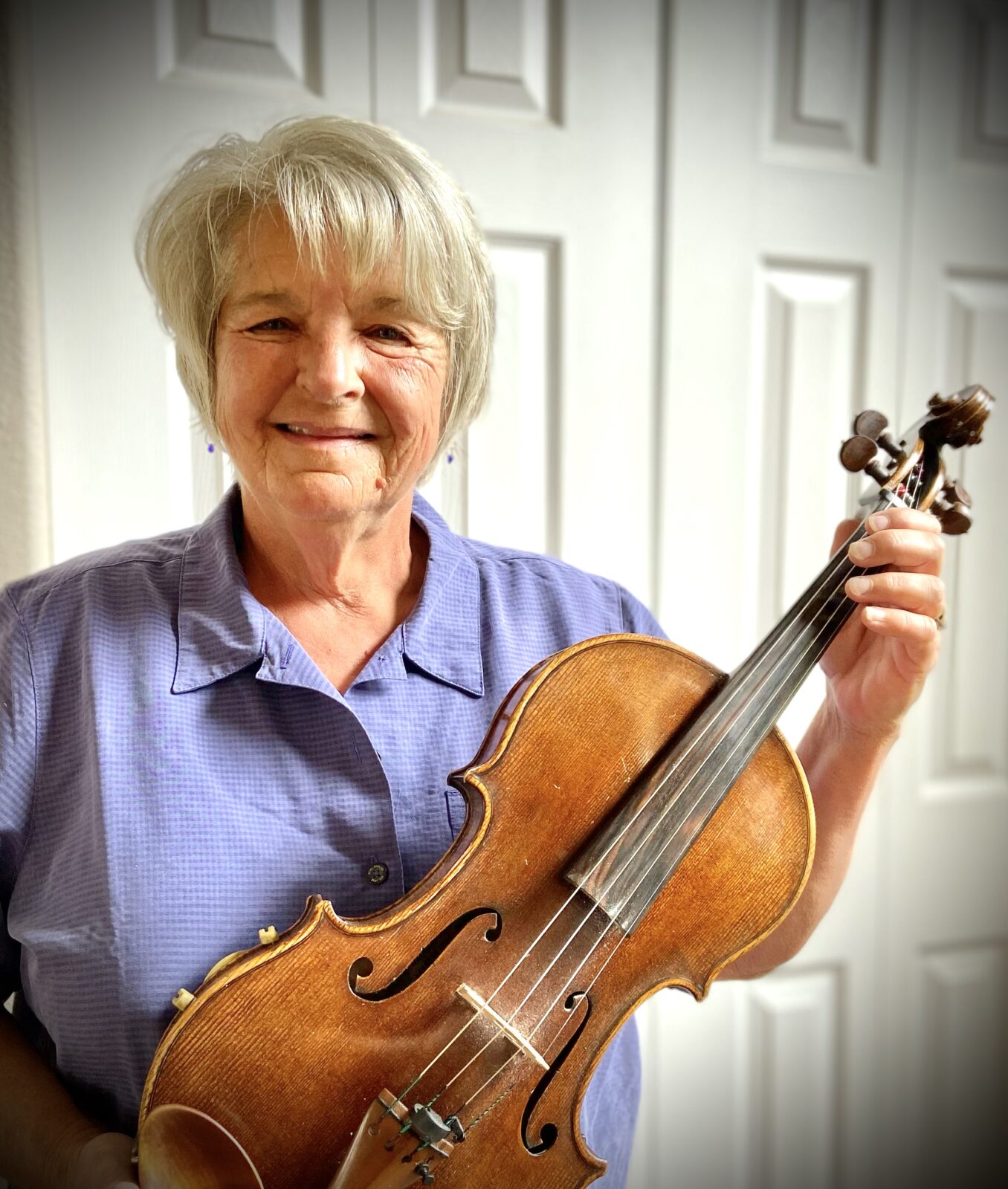
Member of the Month, July 2025: Cheryl Hite
The ranks of ACMP members are filled with professionals who began their college careers with the intent of pursuing music for a living, then for whatever reason moved into another career. Colorado-based violist Cheryl Hite is one of those musicians. A native of Detroit, she enrolled at Indiana University in the 1970s as a double major – biology and viola performance. Read her interview with ACMP Board Chair Bob Goetz.Read More ↗
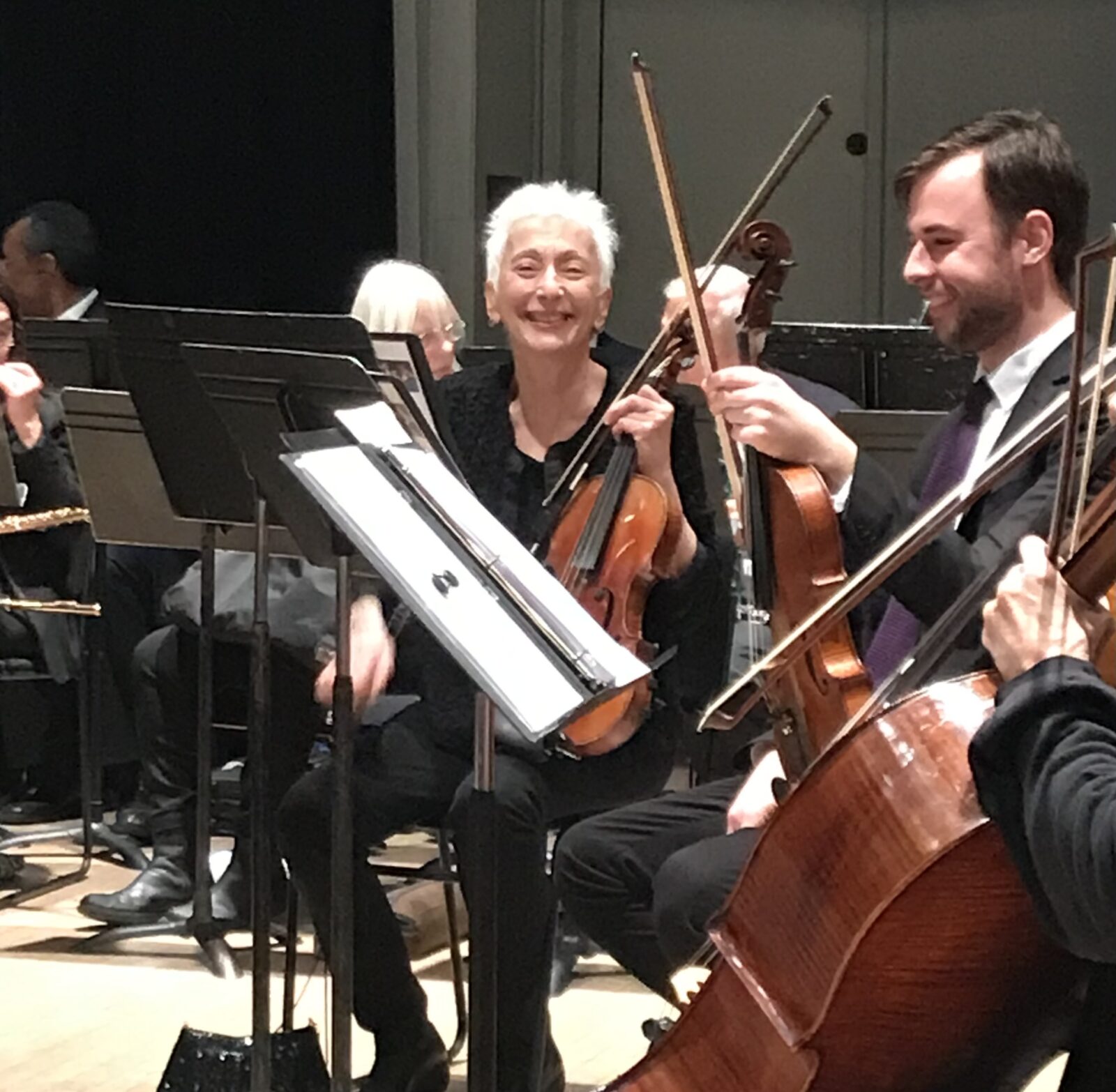
The day my quartet played out of tune and almost got our host evicted
Chamber music can be a high stakes activity - play a bit out of tune, and your host could end up on the street. Read about one such close call in New York City.Read More ↗
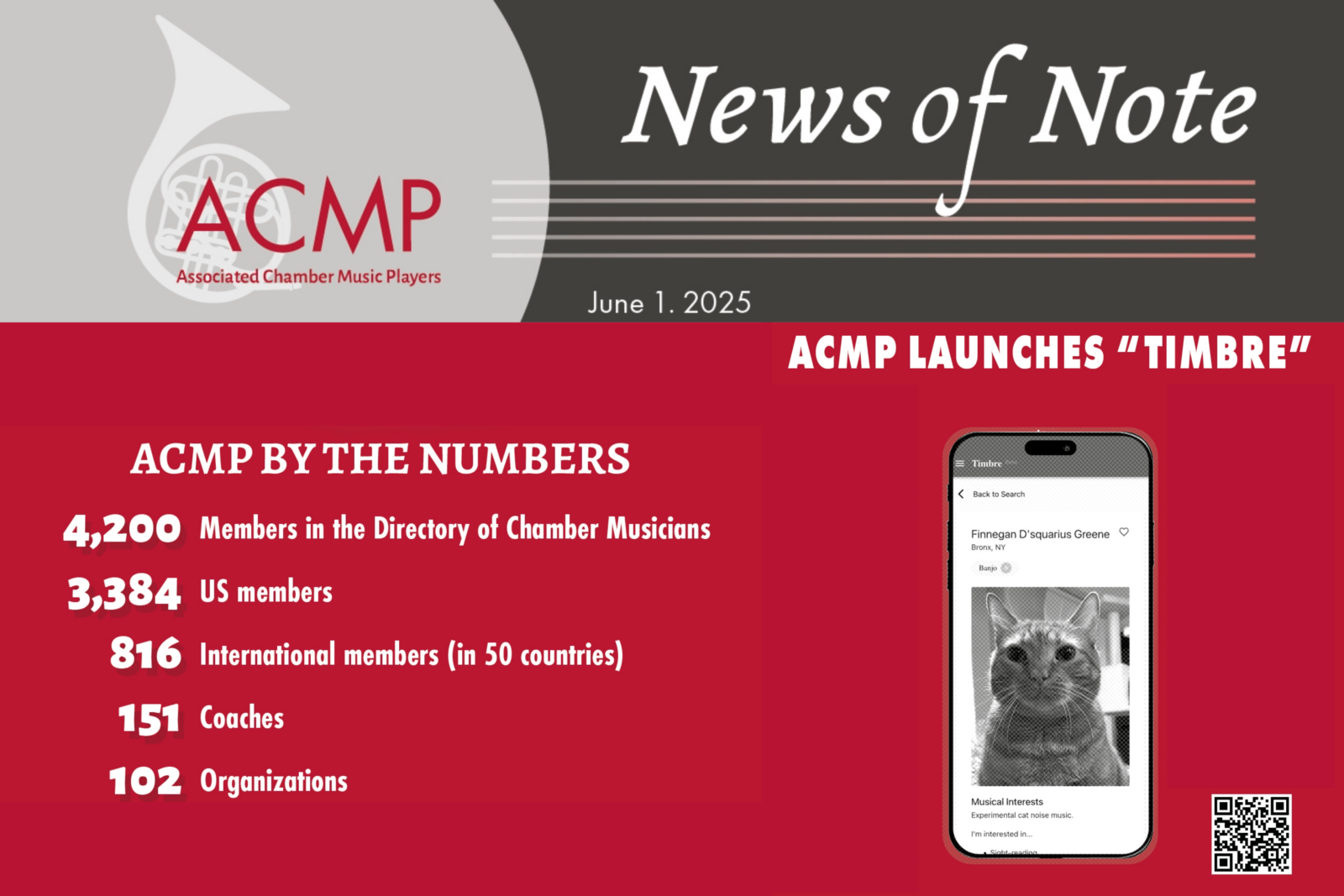
News of Note 2025
It’s that time of year again! The web version of the 2025 News of Note is live, featuring updates from the past year—and some fun extras, including everyone’s favorite: a new puzzle. (Submit your answers by July 1!)Read More ↗
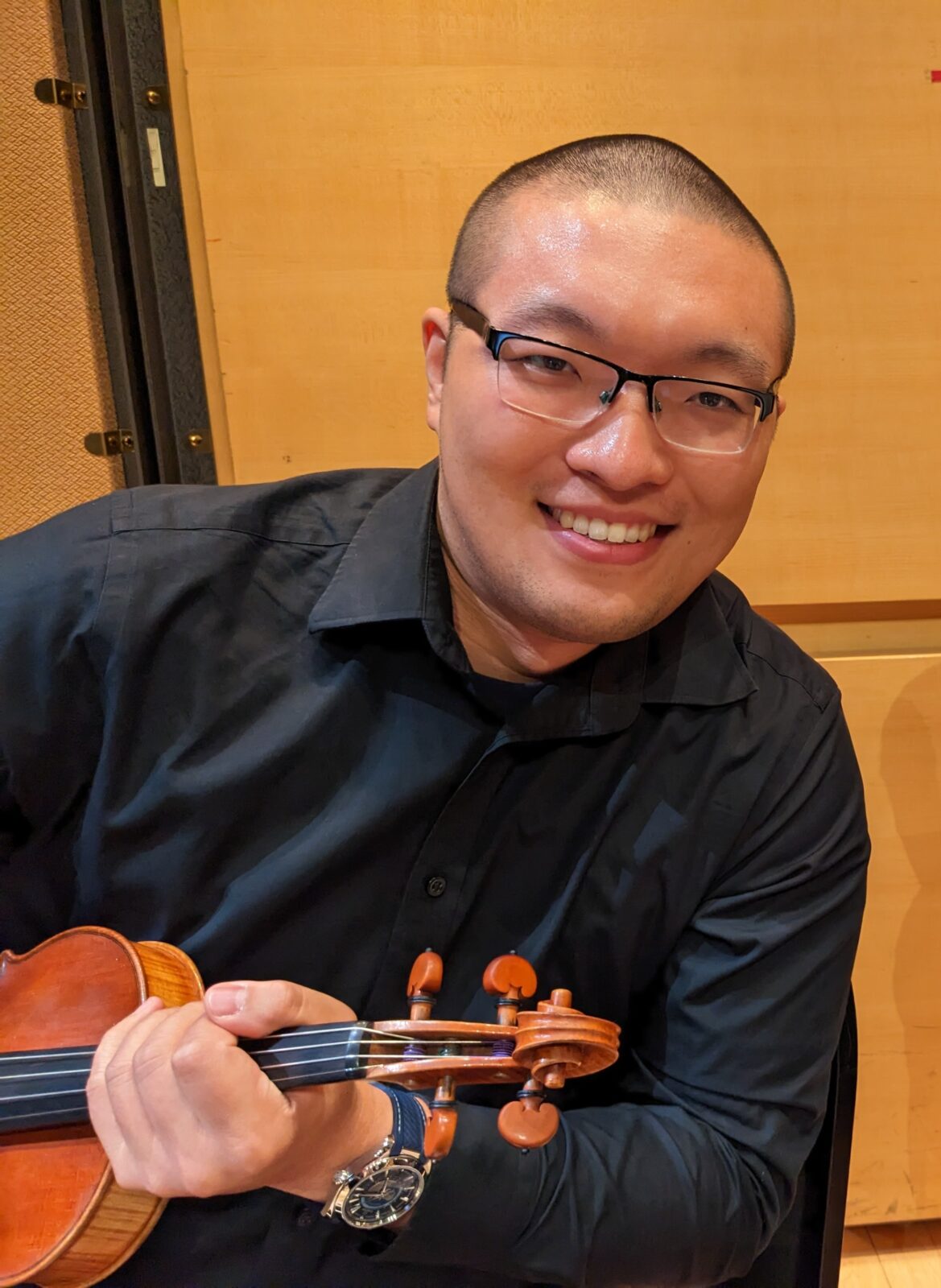
Member of the Month, June 2025: Frank Song
Frank Song, 28, may work remotely as a software engineer, but when it comes to music and the arts, he is all about being there, in person. With the flexibility to travel in his work, he seeks out concerts or museum exhibits in cities far beyond his home in Toronto. And while he’s at it, he takes along his violin to play chamber music. We caught up with Frank on a recent visit to New York, where he played chamber music with people he found through ACMP.Read More ↗

Seasoning for the Seasons
With a taste for adventure and a pinch of whimsy, follow ACMP cellist Tom Cappaert’s lead: stage a chamber concert in a Quito pizza parlor.Read More ↗
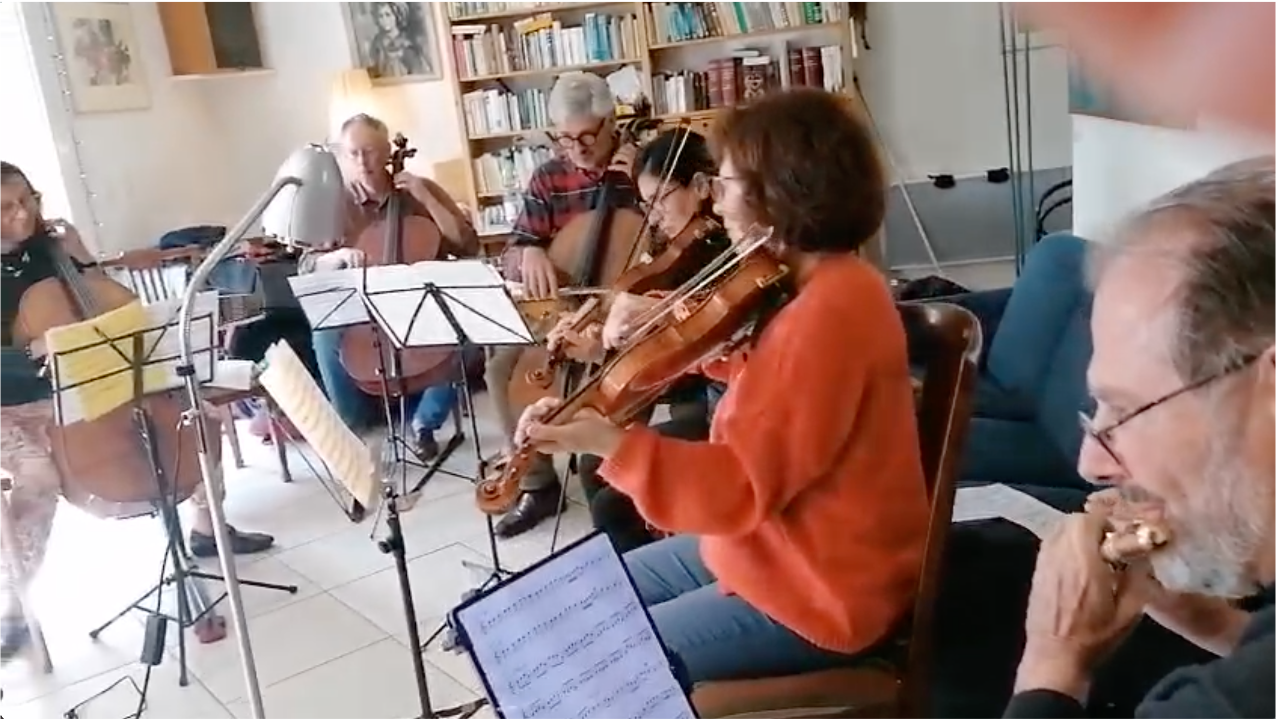
May 2025 Play-In Highlights!
Highlights from just a few Play-Ins during National Chamber Music Month!Read More ↗
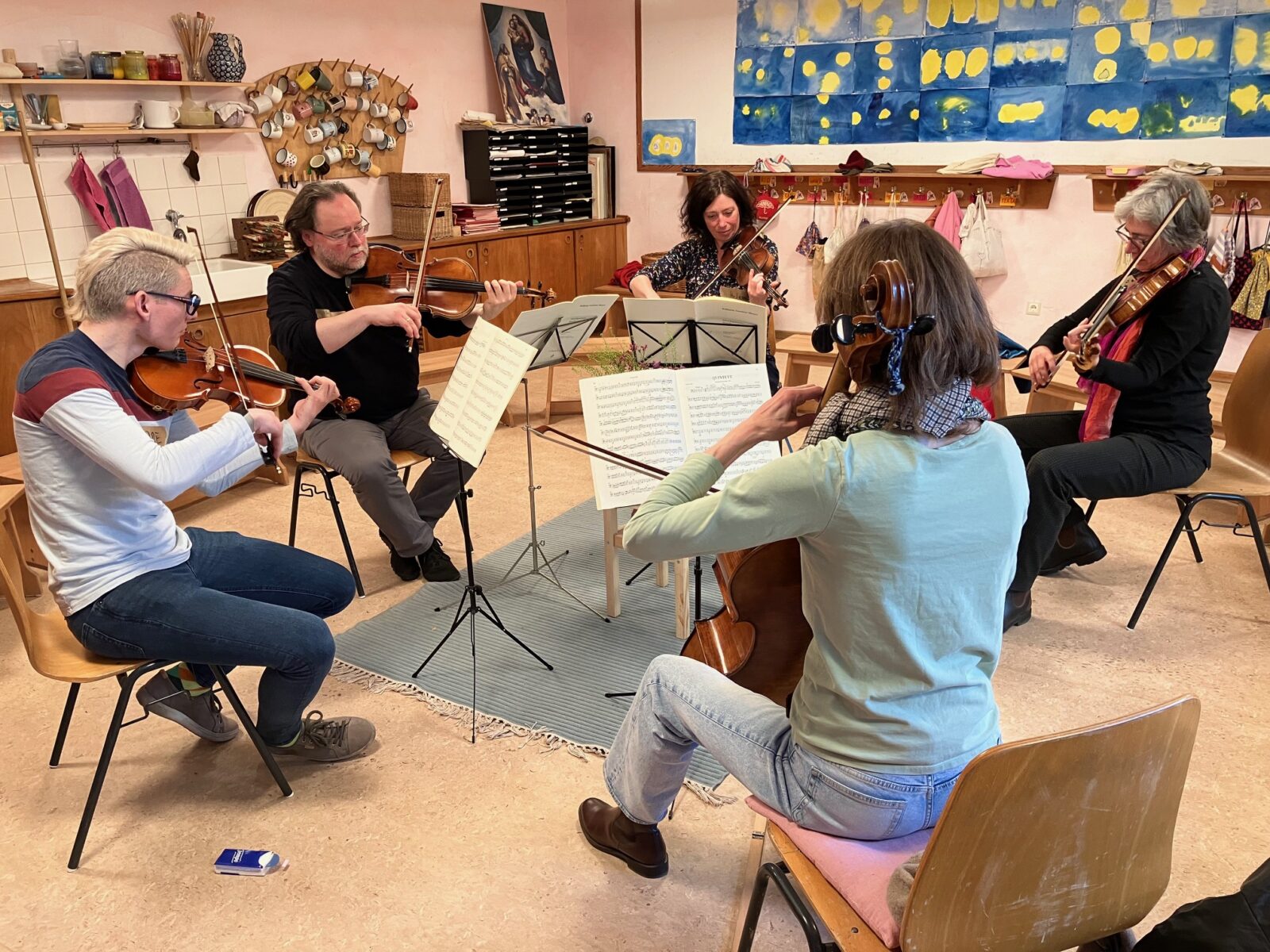
Play-In Report: Berlin Kammermusik Liste
Michael Knoch runs the Berlin Kammermusik Liste, and represents ACMP as its International Ambassador in Germany. He holds at least two Play-Ins a year, and has a unique gift for organizing large Play-Ins with a mix of all instruments and voice. Read about his second Play-In of 2025!Read More ↗
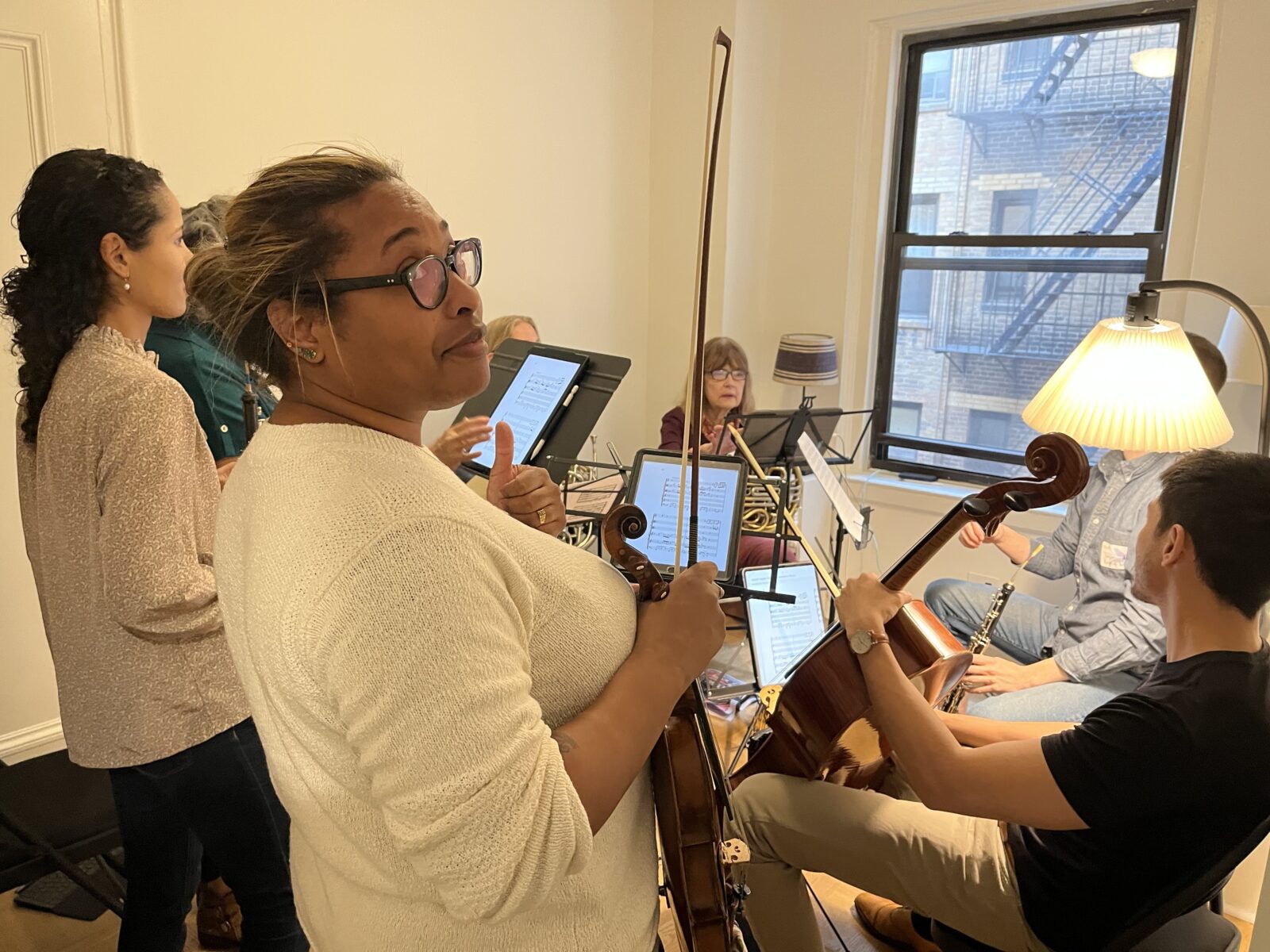
2025 Worldwide Play-In Events
May is Chamber Music Month! Celebrate with Play-Ins all month long, and during the Worldwide Play-In Weekend: May 16-18, 2025. See this list of Play-Ins in the ACMP Directory to date, and keep checking it for updates.Read More ↗